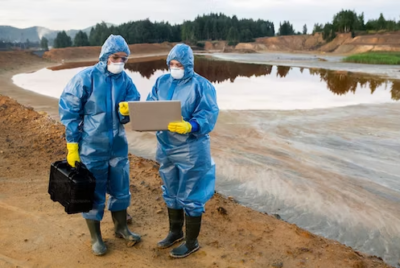Can Clothing Designed to Protect You from 5G Truly Make a Difference? In a world where…
Understanding the Potential Effects of 5G on Children

As technology advances and our world becomes increasingly interconnected, the rollout of 5G technology has sparked both excitement and concerns, especially regarding its potential impact on children. 5G, the fifth generation of wireless technology, promises faster speeds, reduced latency, and enhanced connectivity, but questions persist about its effects on young individuals.
While the widespread deployment of 5G networks offers remarkable opportunities for innovation and progress, it’s crucial to acknowledge and understand the potential implications it might have on children’s health and well-being.
The Promises of 5G
5G technology boasts unparalleled speeds and connectivity, enabling faster downloads, seamless streaming, and the proliferation of Internet of Things (IoT) devices. These advancements have the potential to revolutionize various industries, including healthcare, education, and entertainment. For children, this means enhanced learning experiences through augmented reality (AR), improved access to educational resources, and immersive gaming experiences.
Health Concerns and Safety Debates
Amid the excitement surrounding 5G, concerns about its impact on children’s health have emerged. One primary concern revolves around electromagnetic fields (EMFs) and radiofrequency radiation. Some worry that prolonged exposure to these radiation levels emitted by 5G infrastructure and devices could have adverse effects on young, developing bodies.
However, the scientific community remains divided on this issue. Organizations such as the World Health Organization (WHO) and the U.S. Food and Drug Administration (FDA) state that current evidence does not confirm significant health risks associated with the levels of EMFs emitted by 5G technology. Yet, some experts and advocacy groups urge for more comprehensive research to thoroughly understand any potential long-term health effects, especially concerning children’s vulnerability.
Impact on Mental and Social Well-being
Beyond physical health concerns, there’s also discussion about the potential impact of increased connectivity on children’s mental health and social development. The pervasive use of smartphones and other connected devices can lead to issues like screen addiction, sleep disturbances, and a decline in face-to-face interactions, affecting children’s emotional well-being and social skills.
Moreover, the rapid exchange of information facilitated by 5G can expose children to a vast amount of content, both positive and negative, challenging parents and educators to navigate and monitor their online experiences effectively.
Finding a Balance and Ensuring Safety
As we embrace the benefits of 5G, it becomes crucial to find a balance between leveraging technological advancements and ensuring the safety and well-being of children. Education plays a pivotal role in empowering parents, caregivers, and children themselves to understand and practice healthy technology habits.
Encouraging responsible device usage, setting limits on screen time, and fostering open conversations about online safety can help mitigate potential risks associated with increased connectivity. Additionally, ongoing research into the health effects of 5G and implementing safety standards for its deployment are essential to address concerns and ensure a safer environment for everyone.
Understanding the Potential Effects of 5G on Children
The integration of 5G technology undoubtedly presents a new frontier of possibilities, reshaping how we live, learn, and interact. While concerns regarding its effects on children persist, a balanced approach that prioritizes safety, education, and ongoing research is key to navigating this digital landscape.
As we continue to explore the potential impacts of 5G on children, collaboration between researchers, policymakers, technology developers, and communities becomes imperative to create a future where technological advancements align harmoniously with the well-being of our youngest generation.



